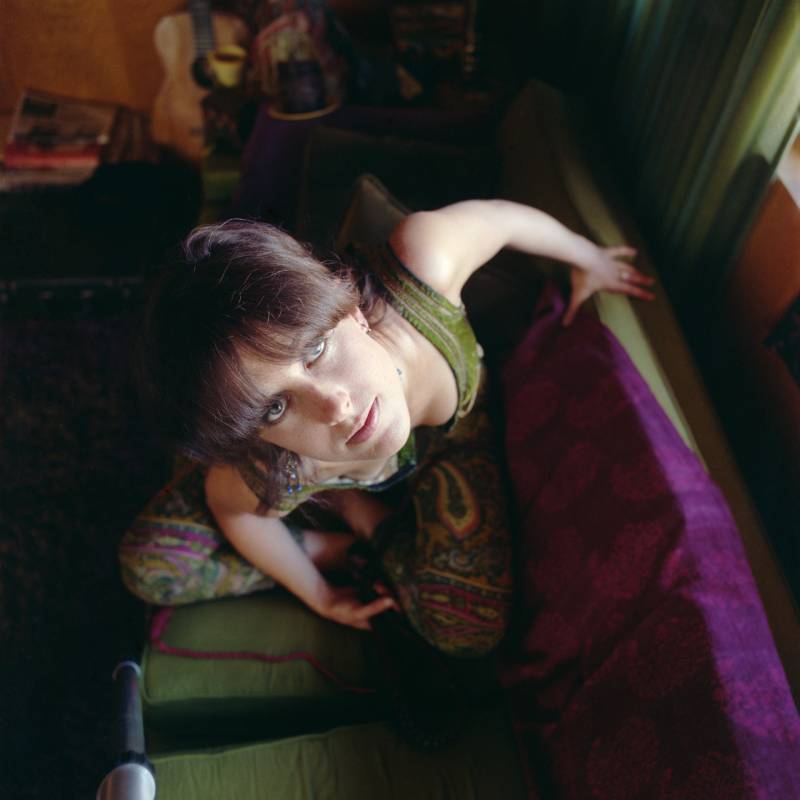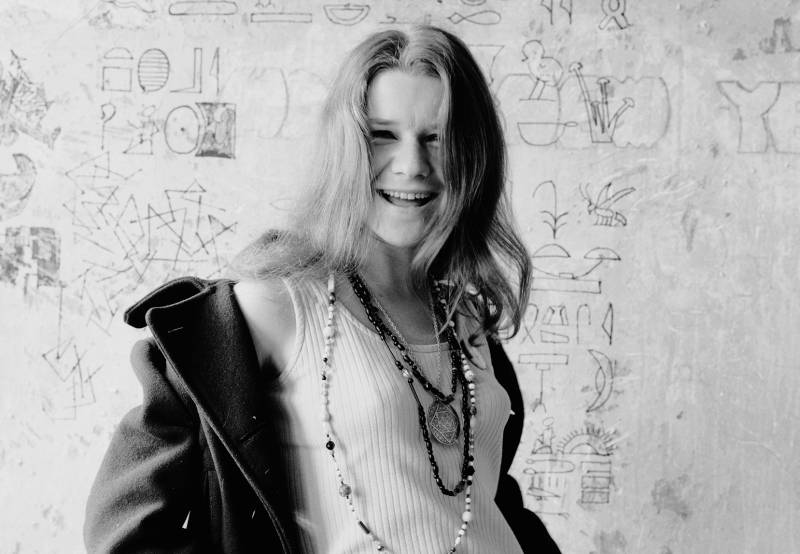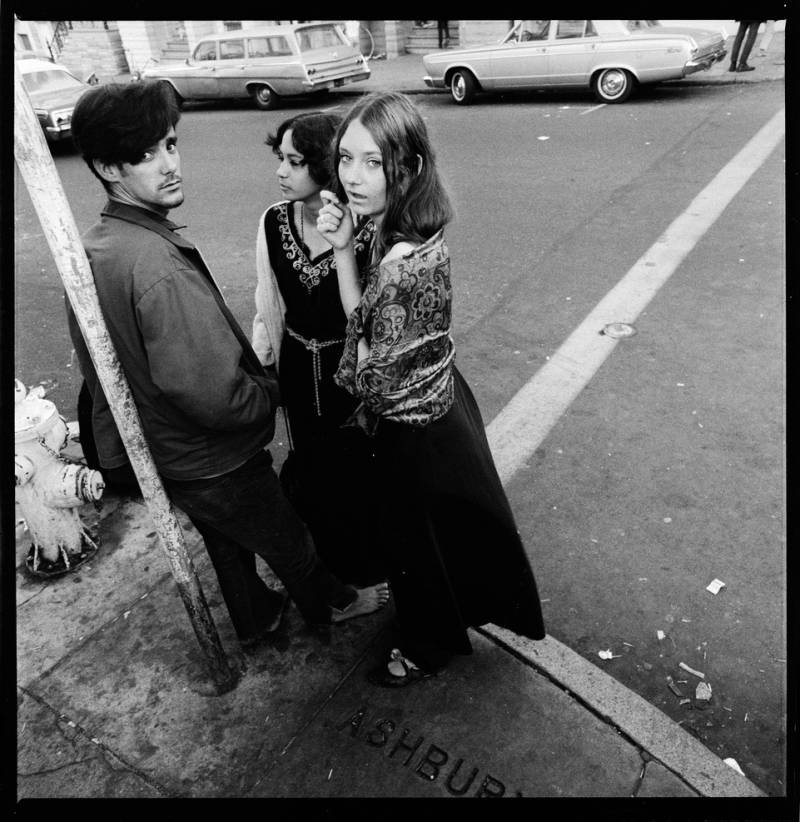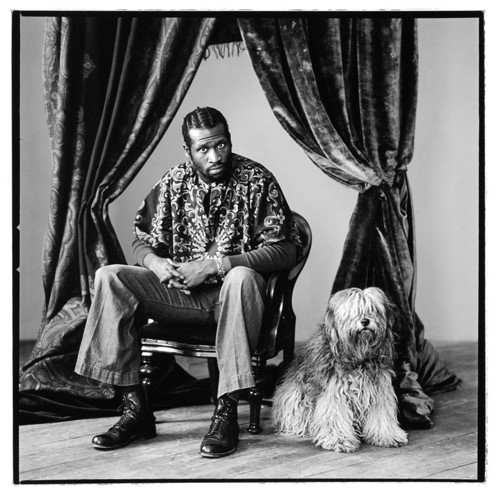I couldn’t give a tiny rat’s ass about the Grateful Dead. There. I said it. Ordinarily, I’d shy away from announcing such a thing publicly, at the risk of awakening an army of pitchfork-wielding Deadheads. (Not the most measured of fanbases.) However, it would be wrong not to mention it before I start talking about a new exhibit of photography by Herb Greene given that Herb Greene is primarily remembered for his Grateful Dead portraits.
If you are indeed a Deadhead, or someone who is still reveling in a musical moment that existed over half a century ago, you don’t need me to explain the selling points of The Haight-Ashbury Experience and the Pursuit of Happiness: The Photography of Herb Greene. You will go for the perfectly lovely photographs of the Grateful Dead, their former outfit The Warlocks and Janis Joplin. You might also go for the expertly composed portraits of Jefferson Airplane, Led Zeppelin, The Jeff Beck Group and The Charlatans.

If you are under the age of 60 or wondering why on God’s green earth San Francisco needs yet another exhibition glorifying the Summer of Love, I have some news that might pleasantly surprise you.






